In conversation with Mr. Karni Singh Jasol, Director – Mehrangarh Fort Museum Trust, Jodhpur.
Mehrangarh Fort, Jodhpur is one of the largest forts in India. Mehrangarh Museum Trust Foundation has been recognized by the UNESCO Asia Pacific Award of Excellence , the Fassa Bortolo Domus Award and the Aga Khan Award for Architectural Conservation. Geetanjali Joshi of ReReeti had the opportunity to interview Mr. Karni Singh, the Director of Mehrangarh Museum Trust, Jodhpur.
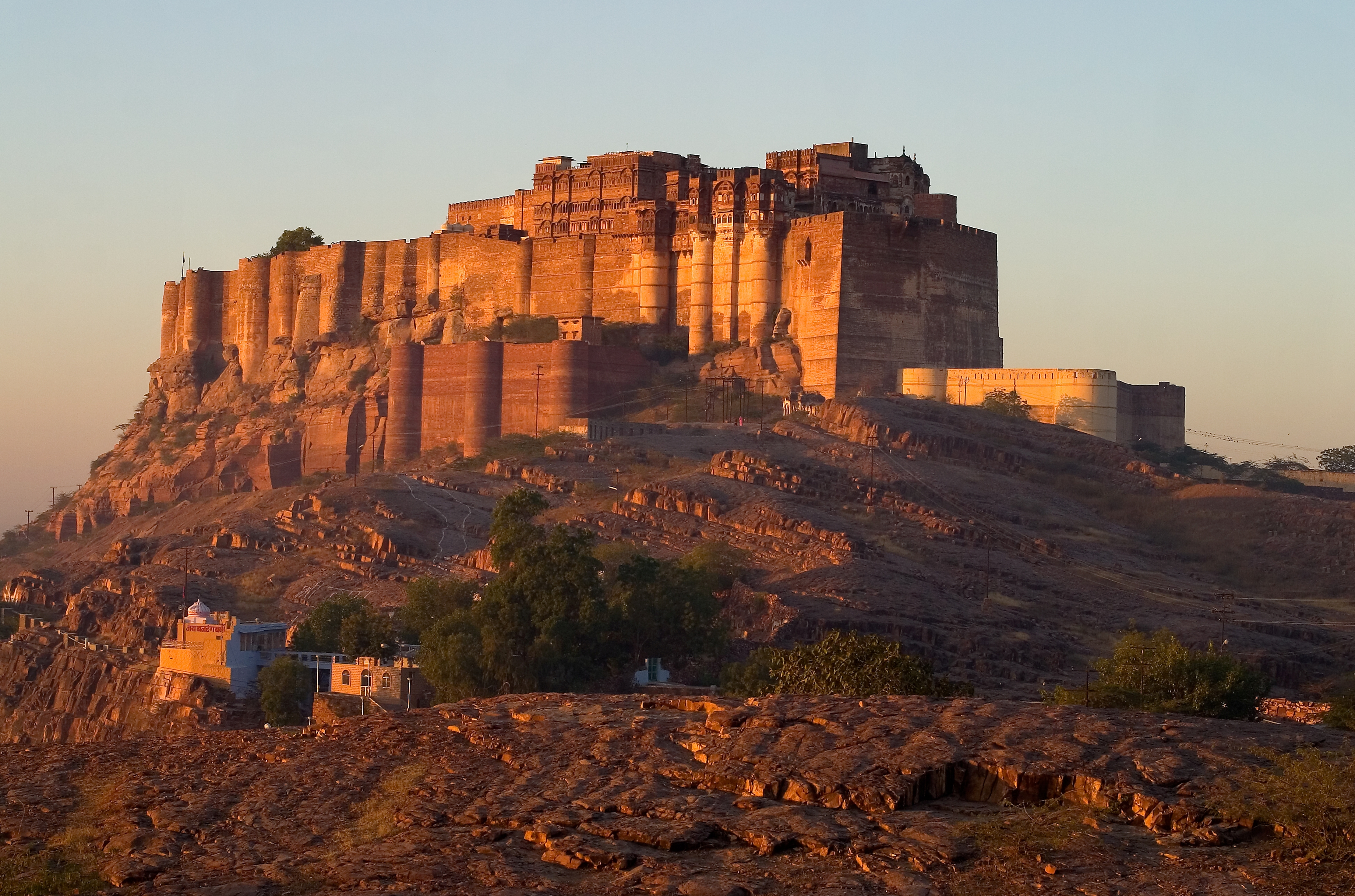
Mehrangarh Fort, Jodhpur. Source: Mehrangarh Museum Trust
GJ: How do you see yourself making a large impact on the public?
KSJ: As a museum curator and director of the historic fort of Jodhpur, I am continuously involved and deeply engaged in enhancing the visitor experience. This is done through curatorial work and through management decisions, which consequently impact the public in the ways they experience Mehrangarh.
GJ: What are the upcoming/ ongoing projects under Conservation Master Plan?
KSJ: There are two major conservation projects going on at present. One is a comprehensive conservation of museum objects, including such large objects such as the Mughal tent the Lal Dera or the gilded palanquin the Mahadol. These are being carried out in preparation for an upcoming exhibition. We are also simultaneously engaged in several architectural conservation projects at various sites. The most exciting one from these currently is the conservation and restoration of the Sur Sagar palace, built-in 1672 by Maharaja Jaswant Singh adjacent to the Sur Sagar Lake in Jodhpur built by his predecessor Sur Singh.
GJ: How does the museum ecosystem function? What is the degree of interaction/ engagement between MMT and the other museums around Rajasthan and across India? Is there a common road map?
KSJ: Museum eco system in India unfortunately has not fully developed. There are a few museum associations at National and regional level but these are not very active or effective. Hence, we are considering forming a historic museums association in Rajasthan for knowledge sharing and sharing resources for the common good.
GJ: What are the challenges faced by MMT despite being one of the most prestigious and important historic monument in India? Challenges with regards to increasing awareness and art appreciation in audience
KSJ: The number of visitors is ever-increasing and diversifying. It is a challenge thus to ensure that each of them is catered to. We are now working on a museum redesign project to meet this challenge.
GJ: How are social media tools being used to engage the youth and how is it translating from online engagement to physical engagement?
KSJ: Social media is an important tool for us to keep our audience invested in the work that we do and create greater access to the museum collection. We are very active especially on Facebook where we share images and updates. We also routinely participate in social media events within the museum community such as the recently concluded Museum Week. There is no credible evidence anywhere in the world that social media engagement translates directly to a visit to the museum. In fact most people start following us on social media having first visited the site. Therefore, we look at social media engagement as yet another way to create awareness and interest in art and heritage.
GJ: What are the few most valuable artifacts in MMT (and the audience reaction to them)? Have there been occasions when a trade-off has to be made or has been made between preservation of some over the others?
KSJ: All objects in the museum collection are cared for equally. Our collection being a very large and conservation efforts are undertaken prioritizing objects especially with highest historic interest and the most urgent need for conservation. Some of our most prized objects include the Mahadol palanquin which is on display and is one of the museum’s most popular objects. The Mughal tent the Lal Dera (currently not on display); monumental paintings from 18th and early 19th century many of which are on display are also very treasured. We also have a beautiful arms collection (on display and hugely popular with domestic tourists).
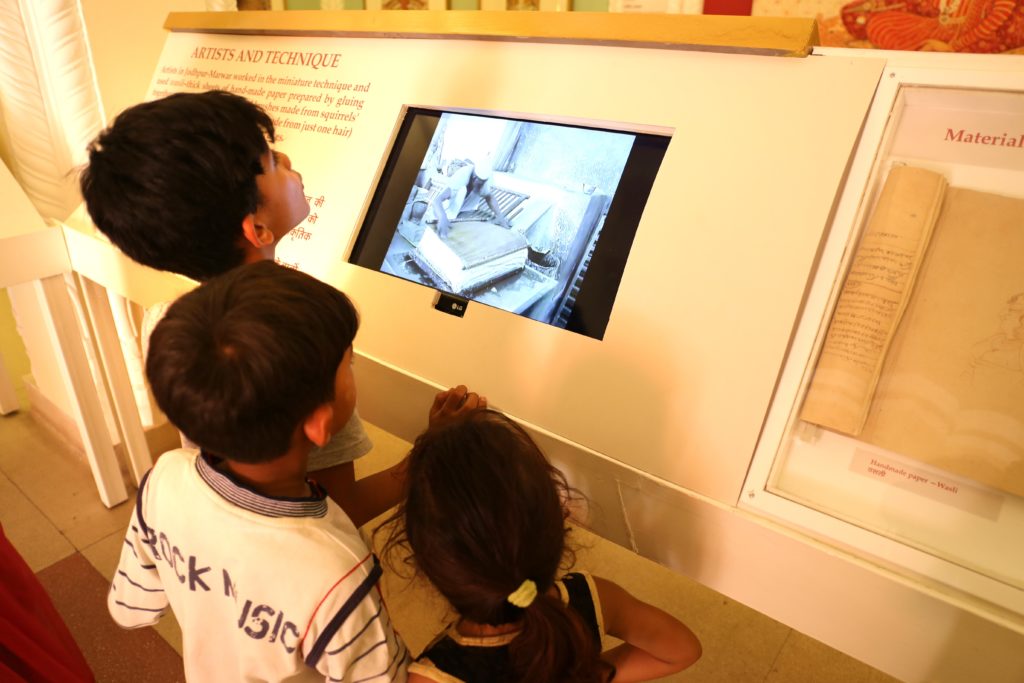
Painting Gallery. Source: Mehrangarh Museum Trust
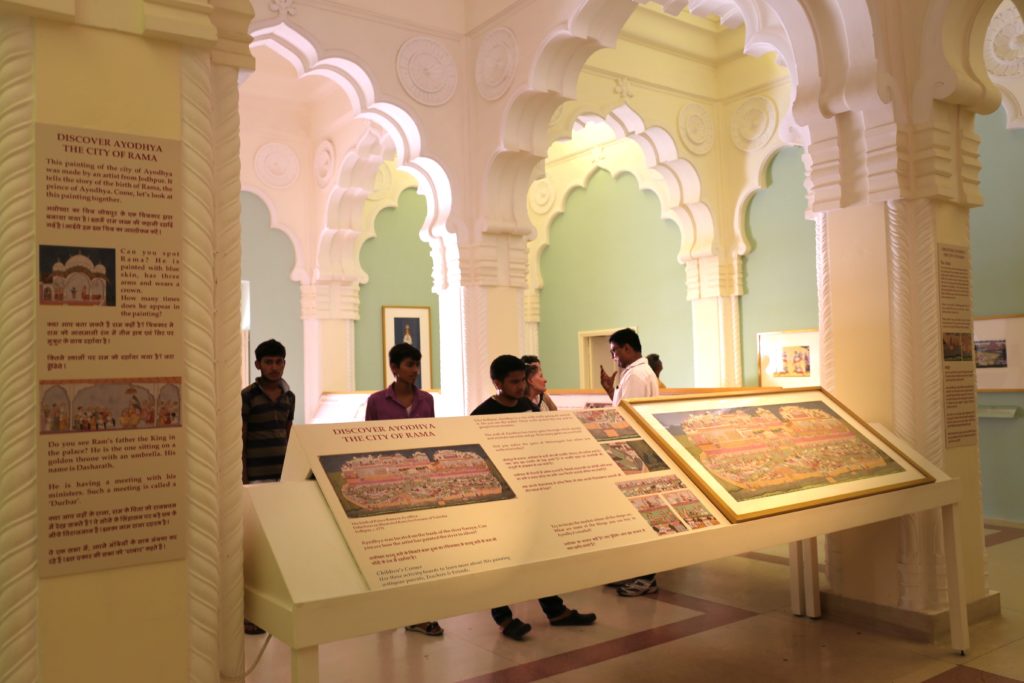
Painting Gallery. Source: Mehrangarh Museum Trust
GJ: What is the ratio of the Tourists to Indian/local visitors? Is there any difference in the reception of both?
KSJ: We receive about 1.1 million visitors annually. About one tenth of these are foreigners and the rest are domestic tourists, locals or pilgrims. The tickets are priced differently for non-Indians.
GJ: What is the uptake of interns and researchers and scholars? And what is the impact of these programs on the participants as well as other museums and trusts?
KSJ: We accept interns every year though the numbers vary from year to year. Very recently we launched a summer internship program under which we propose to accept 4-5 interns every summer. While the interns are provided the valuable opportunity to learn from our curators and conservators, we also routinely introduce local students to the work we do through workshops and visits. Because our aim is to raise a generation of young people from the region who are aware of a world beyond engineering and medicine. The next generation of artists, conservators, curators and so on.
Scholars are always welcomed at the museum and archives. We greatly value the work that the scholars are carrying out. The support that the trust and HH Maharaja Gaj Singhji extends to scholars has resulted in many publications (in both English and Hindi) and exhibitions over the years. The progressive nature of both the museum and the archives has consequently helped MMT forge partnerships with the world’s leading cultural institutions.
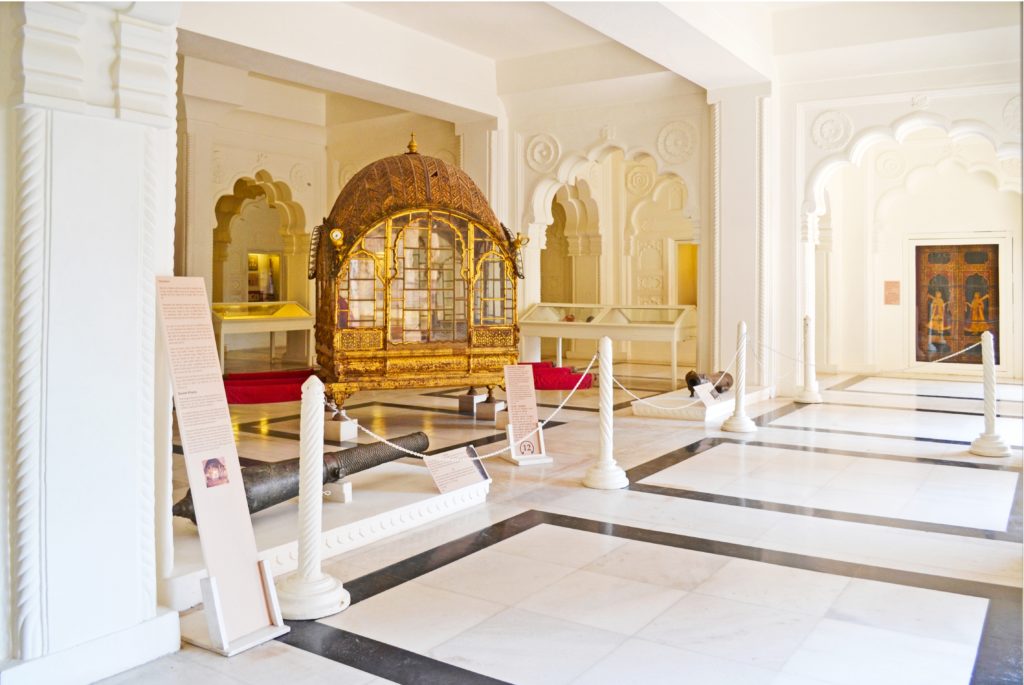
Daulatkhana Gallery. Source: Mehrangarh Museum Trust

Mr. Karni Singh Jasol is the Director of Mehrangarh Museum Trust, Jodhpur, India. He is also a Fulbright and Charles Wallace Fellow.
ReReeti works with museums, galleries and heritage sites across India to plan strategies, design systems and implement programmes to increase audience engagement and institutional visibility. Email us at info@rereeti.org for a free consultation or to collaborate on an upcoming travelling exhibition.








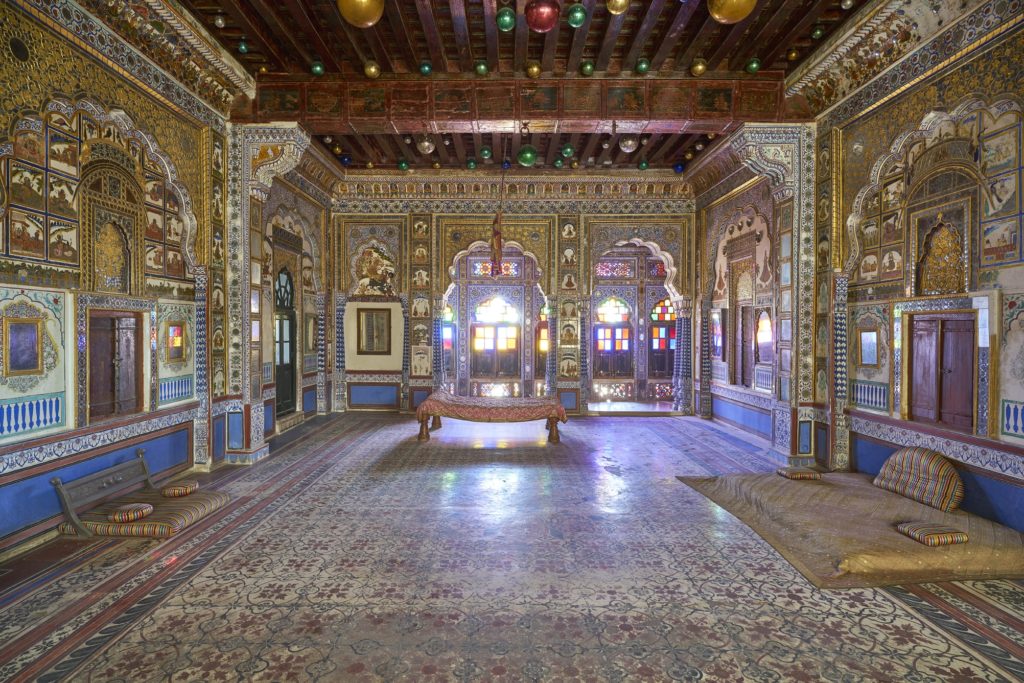
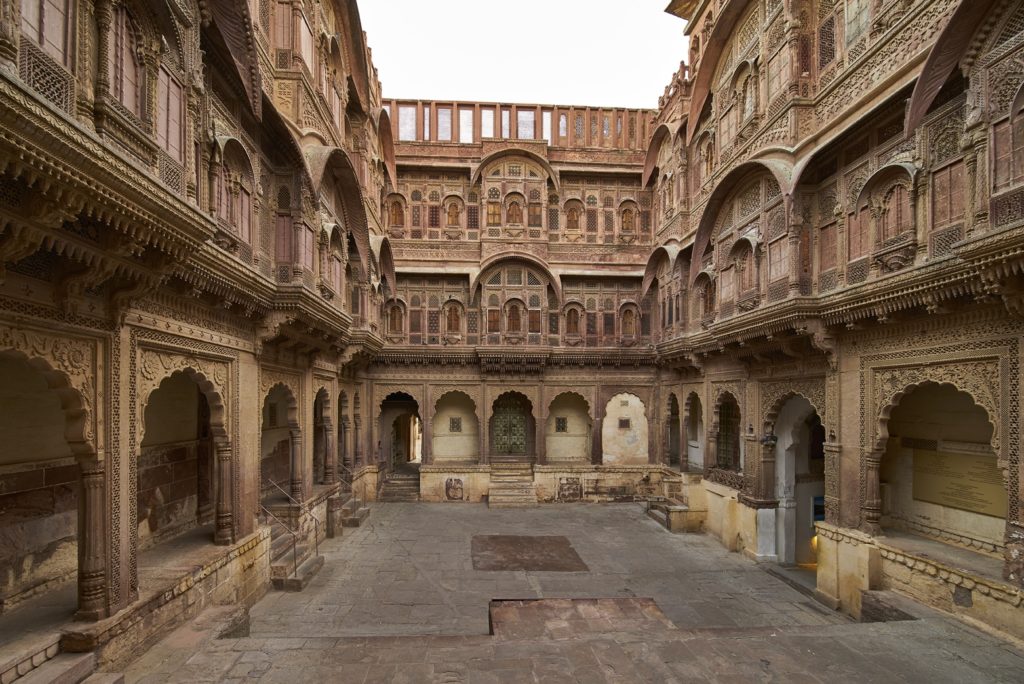
Recent Comments